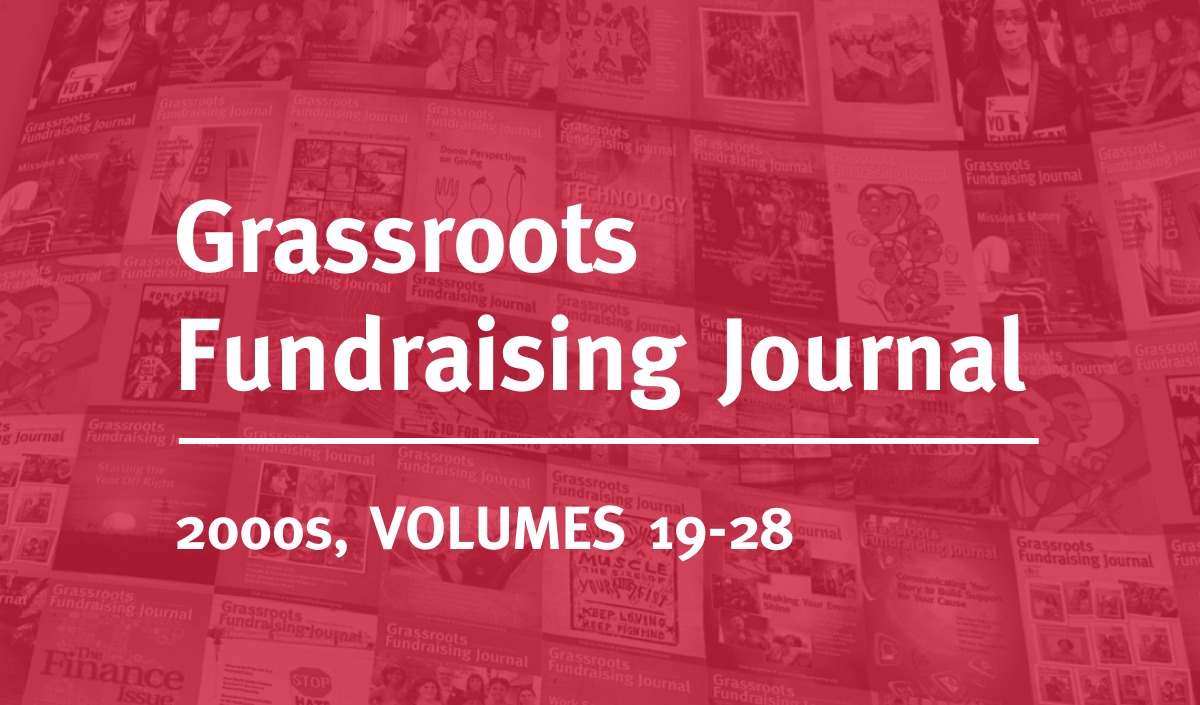August 18, 2011; Source: ProPublica | For nonprofit staff navigating the turbulent waters of this historic recession, sorting myth from fact regarding economic policy is a daunting challenge. After all, any three economists can be counted on to have at least four interpretations. The only thing economists can agree on concerning the “science” of economics is that it is dismal.
Writing for ProPublica, Michael Grabell, author of the forthcoming book Money Well Spent?: What Really Happened to the Trillion-Dollar Stimulus Plan, takes on questions of the stimulus and the deficit and offers some myth-busting facts of interest to charities:
Sign up for our free newsletters
Subscribe to NPQ's newsletters to have our top stories delivered directly to your inbox.
By signing up, you agree to our privacy policy and terms of use, and to receive messages from NPQ and our partners.
- “The percentage of income that Americans spend on taxes is the lowest it’s been since 1958.”
- “Federal taxes as a share of GDP are at their lowest point since 1950 . . . [but] when all taxes, including state and local, are added up, the proportion of GDP going to taxes has been essentially flat for nearly half a century.”
- “Widely-cited economic models show [the stimulus] probably prevented a deeper downturn. . . . Although the unemployment rate remains stuck at 9 percent, several economists estimate that unemployment would have been as high as 12 percent and remained high longer without the [American Recovery and Reinvestment] act.”
- “The total stimulus is bigger than you might have thought. Since the Recovery Act, Congress has approved hundreds of billions of dollars in additional stimulus measures, including the renewal of unemployment benefits, this year’s payroll-tax cut and the extensions of the education jobs fund and the homebuyer tax credit. The total is now well over a trillion dollars.”
- “The Recovery Act as passed was estimated to cost about $787 billion. More than a third of that was tax cuts, and another third was entitlements, such as unemployment benefits and Medicaid assistance. Of the $275 billion in spending by federal agencies, less than $200 billion was dedicated to projects.”
- “The projected cost of the Recovery Act is now $830 billion, largely because of the qualification of more people qualifying for entitlements and the popularity of some tax credits.”
- “The Federal Reserve reported in July that workers unemployed a month or less had a three-in-ten chance of finding a job while the odds for the long-term jobless were one-in-ten.”
Our analysis has long been that nonprofits were responsible for much of the good that resulted from the spending part of the stimulus, despite all the broadsides that stimulus critics have launched. Grabell’s analysis is full of “aha” moments—based on facts. They should be useful for all of us impromptu nonprofit economists.—Rick Cohen













